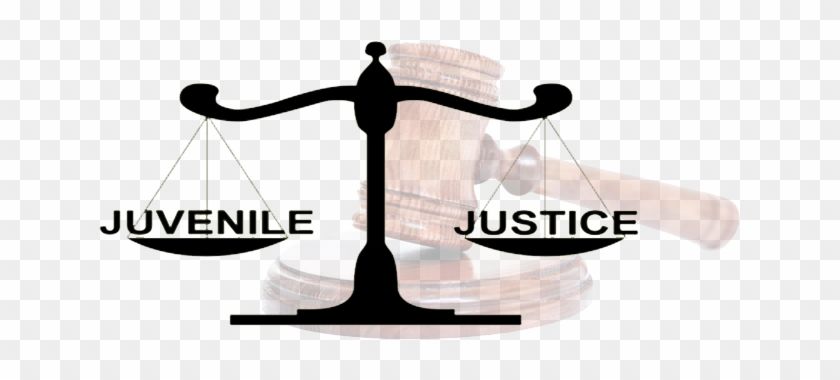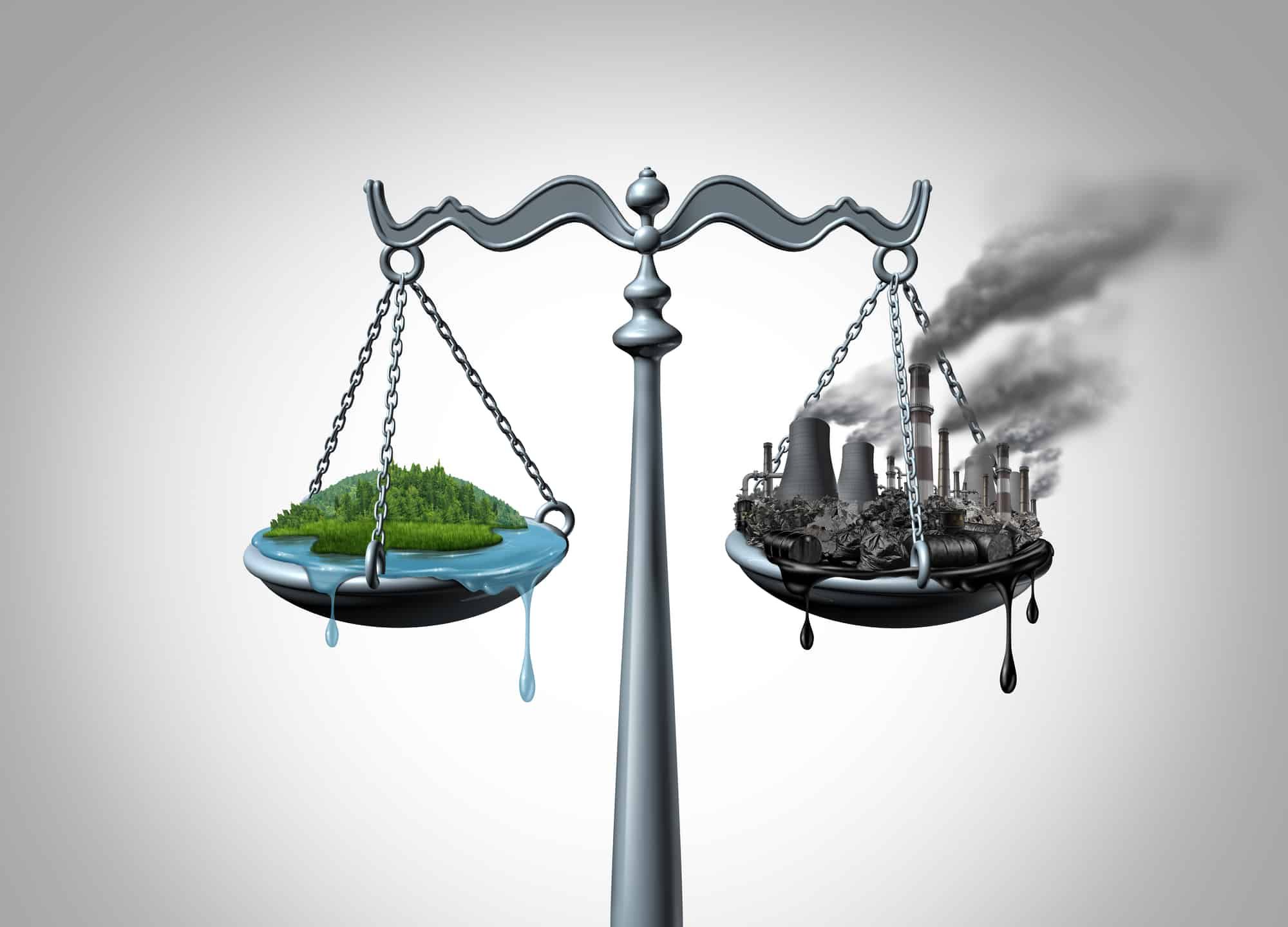Author: Bhumika Gurjar, Prestige institute of management and research indore
Introduction
The juvenile justice system is a specialized legal framework designed to handle cases involving minors who have committed criminal offenses. Unlike the adult criminal justice system, the juvenile justice system emphasizes rehabilitation over punishment, aiming to guide young offenders back on the right path and prevent future criminal behavior. This approach stems from the belief that juveniles are more capable of change and rehabilitation than adults. The following discussion explores the juvenile justice system, its evolution, key components, and the importance of rehabilitation in promoting positive outcomes for youth offenders.
Evolution of the Juvenile Justice System The juvenile justice system originated in the late 19th century in the United States with the establishment of the first juvenile court in Cook County, Illinois, in 1899. The system was created out of a growing recognition that children, due to their age and developmental stage, should not be held to the same standards of accountability as adults. Early reformers believed that children who committed crimes were often victims of their circumstances—such as poverty, neglect, or lack of education—and that they should be treated with care, guidance, and education rather than harsh punishment. Initially, the juvenile justice system operated under the doctrine of *parens patriae*, a Latin term meaning “parent of the nation,” which granted the state authority to act as a guardian for those unable to care for themselves, including minors. This principle allowed courts to intervene in the lives of juveniles, not to punish but to provide the necessary supervision and support to rehabilitate them.
The Purpose of the Juvenile Justice System The juvenile justice system is built on several key principles that differentiate it from the adult criminal justice system. These principles include:
1. Rehabilitation over Punishment: The primary focus is on rehabilitating the juvenile rather than punishing them. The system recognizes that children and adolescents are still developing, both cognitively and emotionally, and are more amenable to positive behavioral changes.
2. Best Interests of the Child: Decisions within the juvenile justice system are generally guided by what is in the best interests of the child. This principle encompasses providing services and interventions tailored to each juvenile’s unique needs and circumstances.
3. Informality and Flexibility: Juvenile court proceedings are less formal than adult criminal court proceedings. The system allows for more flexibility in adjudication and disposition, enabling the court to design individualized plans for rehabilitation.
4. Protection and Due Process: While the system seeks to be rehabilitative, it also ensures that juveniles receive due process rights, including the right to legal representation, the right to notice of charges, and protection against self-incrimination.
Key Components of the Juvenile Justice System The juvenile justice system comprises several critical components, each playing a unique role in addressing juvenile delinquency:
1. Law Enforcement: Law enforcement officers are often the first point of contact for juveniles entering the justice system. Officers have discretion in handling juvenile cases, such as issuing warnings, referring juveniles to community-based programs, or arresting them if necessary.
2. Juvenile Court: The juvenile court is the heart of the system, where decisions regarding the disposition of cases are made. The court is responsible for adjudicating whether a juvenile has committed a delinquent act and determining the appropriate interventions to rehabilitate the youth.
3. Detention Centers: Juvenile detention centers are used for temporary confinement of juveniles awaiting court hearings or placement in long-term facilities. Detention is generally considered a last resort, used only when a juvenile poses a risk to themselves or others.
4. Probation Services: Probation is the most common disposition in the juvenile justice system. It allows juveniles to remain in the community under the supervision of a probation officer while adhering to certain conditions, such as attending school, counseling, or community service.
5.Residential Treatment Centers: For juveniles requiring more intensive intervention, residential treatment centers provide structured environments with therapeutic services, education, and vocational training to address behavioral and psychological issues.
6. Aftercare and Reentry Programs: Aftercare programs help juveniles transition from detention or residential placement back into the community. These programs provide continued support and services to prevent recidivism and promote successful reintegration.
Rehabilitation and Its Importance in Juvenile Justice
Rehabilitation is a central tenet of the juvenile justice system, focusing on providing young offenders with the tools, skills, and support they need to reintegrate into society as law-abiding citizens. Rehabilitation is vital for several reasons:
1. Developmental Differences: Research in psychology and neuroscience has shown that adolescents’ brains are still developing, particularly in areas related to impulse control, risk assessment, and decision-making. These developmental differences make juveniles more amenable to rehabilitation efforts.
2. Preventing Recidivism: Effective rehabilitation programs can significantly reduce the likelihood of reoffending. By addressing the underlying causes of delinquent behavior—such as substance abuse, mental health issues, or family dysfunction—rehabilitation programs can help juveniles develop pro-social behaviors and coping mechanisms.
3. Cost-Effectiveness: Rehabilitation programs are generally more cost-effective than incarceration. Community-based programs, in particular, have been shown to produce better outcomes at a lower cost than confinement in juvenile detention facilities.
4. Social Reintegration: Rehabilitation helps juveniles reintegrate into society by providing education, vocational training, and life skills. Successful reintegration reduces the social stigma associated with juvenile delinquency and helps young offenders become productive members of their communities.
Rehabilitation Programs and Approaches Various rehabilitation programs and approaches are employed within the juvenile justice system, depending on the needs of the individual. These programs can include:
1. Cognitive-Behavioral Therapy (CBT): CBT is widely used in juvenile rehabilitation to help offenders recognize and change negative thought patterns and behaviors. CBT has been shown to be effective in reducing recidivism among juvenile offenders by teaching them skills for problem-solving, emotional regulation, and impulse control.
2. Family-Based Interventions: Programs such as Functional Family Therapy (FFT) and Multisystemic Therapy (MST) involve the juvenile’s family in the rehabilitation process. These interventions address issues within the family system that may contribute to delinquent behavior, promoting healthier family dynamics and support networks.
3. Educational and Vocational Training: Education and vocational training programs are critical components of rehabilitation. Providing juveniles with the skills and knowledge needed for future employment can reduce the likelihood of reoffending and improve their overall life prospects.
4. Restorative Justice Programs: Restorative justice programs emphasize repairing the harm caused by criminal behavior through reconciliation with victims and the community. This approach encourages accountability and empathy, which can lead to behavioral change.
5. Substance Abuse and Mental Health Treatment: Many juveniles in the justice system have co-occurring substance abuse or mental health issues. Integrated treatment programs that address both mental health and substance abuse can be crucial for effective rehabilitation.
Challenges in the Juvenile Justice System Despite its focus on rehabilitation, the juvenile justice system faces several challenges that can hinder its effectiveness:
Disproportionate Minority Contact: Minority youth are disproportionately represented in the juvenile justice system, often due to systemic biases and disparities in policing and sentencing. Addressing these disparities is critical to ensuring equity and fairness.
2. Over-Reliance on Detention: Although rehabilitation is a priority, some jurisdictions still rely heavily on detention for juveniles, which can be counterproductive and detrimental to their development. Alternatives to detention, such as diversion programs and community-based services, need greater emphasis.
3. Lack of Resources: Many juvenile justice systems lack adequate resources to implement effective rehabilitation programs, particularly in underserved communities. Ensuring sufficient funding and access to evidence-based programs is essential for meaningful rehabilitation efforts.
4. Variability in Implementation:
The effectiveness of rehabilitation can vary significantly depending on how programs are implemented and the quality of services provided. Consistent training, oversight, and adherence to best practices are needed to ensure positive outcomes.
Conclusion
The juvenile justice system’s emphasis on rehabilitation over punishment is a recognition of the unique developmental needs and potential for growth among young offenders. Effective rehabilitation requires a multi-faceted approach that addresses the underlying causes of delinquent behavior and provides juveniles with the tools and support they need to reintegrate into society successfully. While challenges remain, continued efforts to improve the juvenile justice system through equitable practices, resou
frequently asked questions
What is the juvenile justice system?
The juvenile justice system is a legal framework designed to handle cases involving minors (typically individuals under the age of 18) who are accused of committing a crime. It focuses on rehabilitation rather than punishment, aiming to prevent future criminal behavior.
How is the juvenile justice system different from the adult criminal justice system?
Unlike the adult system, the juvenile justice system emphasizes rehabilitation over punishment. Juveniles are often tried in separate courts, receive different sentences, and are placed in different facilities that focus on education, therapy, and skill-building.





